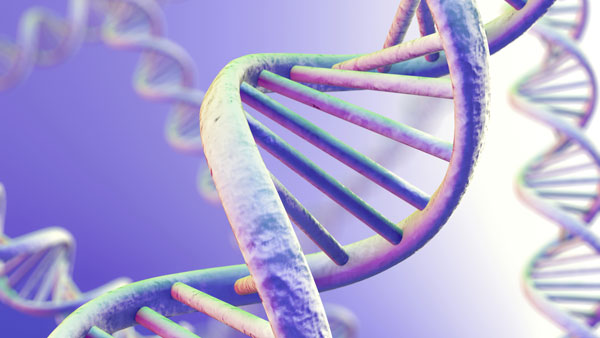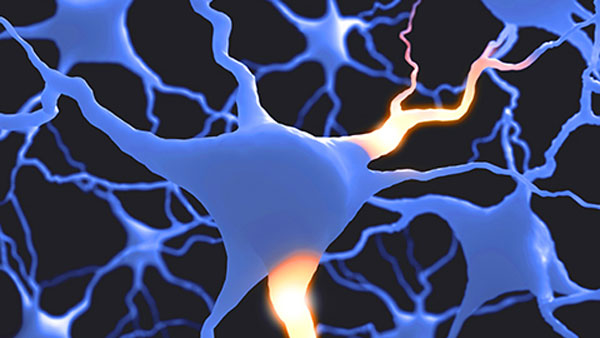How did your fibromyalgia begin? Suddenly or slowly? How long did it take to get an accurate diagnosis of fibromyalgia? What fibro treatments are working for you? What is it like to live with fibromyalgia?
If there's one thing to be said about fibromyalgia, it's that the journey from first saying "I have fibromyalgia" to getting back to some sense of normalcy is a completely individual one. While most people with fibromyalgia feel pain or tenderness somewhere in their body, symptoms can vary greatly from person to person. And for some people, symptoms come on slowly, while for others, symptoms like pain and fatigue happen seemingly overnight.
For many people, it takes years to get a proper diagnosis of fibromyalgia. In fact, it wasn't until 1987 that fibromyalgia was even formally acknowledged by the American Medical Association. Getting diagnosed often means ruling out other diseases with similar symptoms, such as rheumatoid arthritis, polymyalgia rheumatica and even hypothyroidism.
Moving past the uncertainty
On top of the fact that there's no one-size-fits-all blueprint for fibromyalgia diagnosis and treatment, you may also live with feelings of confusion from not knowing with any certainty what caused your fibromyalgia in the first place.
So, it's time for a little more certainty in your life. It's time to take a look at all the things you can do to help manage fibro pain, reduce fatigue, lift your spirits and just feel more normal.






